The humble beginnings of “lo-fi” music started in musicians’ homes in the 1950s when the spirit of DIY recording was a necessity, not a style. Moving forward into the 1990s, artists began to adapt the low-fidelity sound of DIY recording techniques into the sound of their music overall. This brought the lo-fi sound into the realm of aesthetic, and out of the “byproduct of cheap or broken gear” stereotype. Artists like Beck, Nujabes, and even the Beach Boys pioneered this style choice in their respective genres (or lack thereof) to bring the lo-fi sound into the mainstream.
However, as the gear we use has evolved and gotten cheaper, the “lo-fi” sound that so many strive to achieve is less likely to come from the original sources. Dirty tape machines, vintage house wiring that caused hum, and even vintage pedals have either disappeared, been “fixed,” or are skyrocketing in price. The engineers at Source Audio have been navigating this lo-fi soundscape just like the rest of us and wanted to do something about it. They’ve crafted a “one-stop shop” for all tones lo-fi with the Artifakt Lo-Fi Elements pedal. The Artifakt takes the “greatest hits” of lo-fi tones and packs it all into a compact, dual-switch stompbox that’ll fit neatly on any pedalboard.
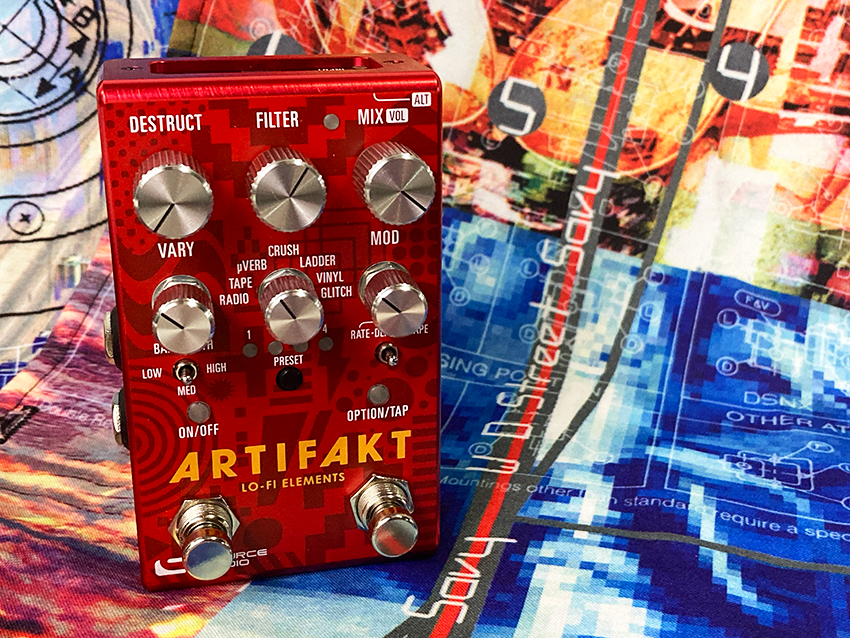
Designed with intuitive controls and versatile features, this pedal makes it easy to craft lo-fi tones that range from subtle analog imperfections to heavily degraded textures. Whether you’re looking to add a gentle vinyl crackle or dive into the sonic depths of bit-crushed distortions, the Artifakt provides the flexibility and ease of use to get there.
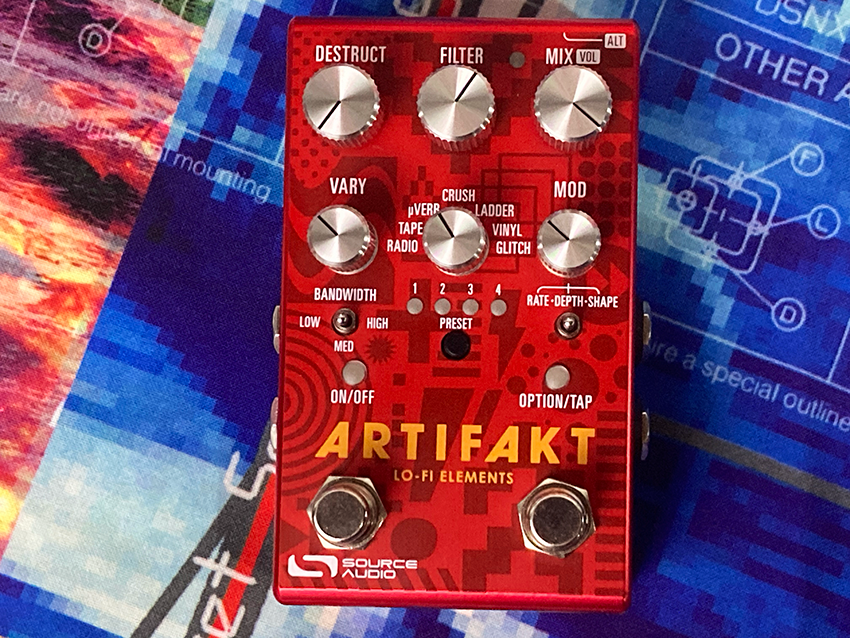
Settings Galore & a Little Help
The Source Audio Artifakt Lo-Fi Elements pedal is a powerful tool for musicians seeking to infuse their sound with vintage warmth, character, and a touch of unpredictability. At the heart of the Artifakt is the sound engine selection knob that offers seven distinct engines for all your lo-fi needs. Going further, you’re supplied with five knobs for tweaking signal destruction, a filter, “Vary” for exploring the depth of each sound engine, the effects mix level, and the amount of modulation, as well as a dedicated bypass switch and a secondary option/tap switch that controls sound behavior. Additionally, two three-way switches are included labeled “Bandwidth” with a selection for low, med, and high. This switch alters the age-related characteristics of the effect, such as EQ voicing or sampling rate. The three-way switch under the Mod knob offers up “Rate,” “Depth,” and “Shape,” which are direction controls for the modulation setting you select. These controls are highly responsive, making it easy to dial in the exact amount of lo-fi flavor you’re after.
Related: Shoegaze-in-a-Box: Catalinbread Soft Focus FX40
From Yamaha to Souvlaki, here’s the story and sound behind Catalinbread’s Soft Focus FX40 “shoegaze button” pedal. Read »
Your Lo-Fi Toolbox Is Here!
Here’s a breakdown of the seven potent sound engines that come packed in Artifakt.
Radio – A classic, compressed transistor radio tone at your fingertips. The Bandwidth voicing control gets you AM/FM frequency ranges, adds in some signal compression, and even some signal dropouts and static.
Tape – The gorgeous sounds of vintage tape machines. Classic tape saturation, flutter, pitch modulation, and slapback effects are included in this engine. Hi-fi tape effects like chorus, doubling, and flanging are also available to explore.
µVerb – A reverb effect created with delay plus diffusion. This type of effect simulates reverb on 8- and 16-bit gaming systems. Its function is similar to the Belton Brick’s dark, spring-like reverb simulations.
Crush – A brutal bit crushing effect, Crush features quantizing fuzz tones and sample rate reduction to deliver a nasty distortion effect.
Ladder – A classic ladder filter based on the Moog MF-101. This iconic filter tone can be static, envelope-controlled (controlled by your picking style), LFO controlled, or swept using an expression pedal.
Vinyl – Throw some wax on the platter! The vinyl sound engine is just that, offering tones full of surface crackle, skip noises, and an LFO pitch vibrato to simulate a “well loved” vinyl record.
Glitch – Once you select this effect, the name becomes self-explanatory. Whenever you stop playing your signal re-plays at random rates and intervals. Once you begin playing again, the looped sample stops and goes back into record mode.
Get Started Quickly or Go Deep into Artifakt
One of the standout features of the Artifakt is that it includes 12 factory presets out of the box. These presets offer a wide range of lo-fi textures, from subtle tape hiss to full-on bit-crushed madness, providing a solid starting point for exploration. Whether you’re looking to quickly capture a classic lo-fi sound or use the presets as inspiration for your own creations, the Artifakt’s presets make it easy to get started and stay inspired.
Going deeper into the pedal is easy with Source Audio’s Nero 3 software. You’ll have the ability to explore and experiment through the software with more presets and control than you have on the pedal itself.
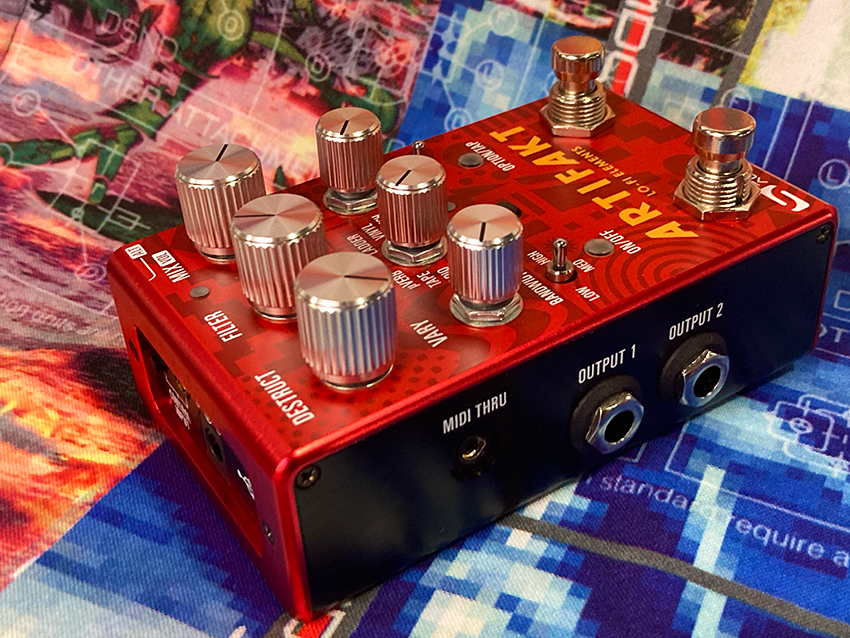
The Artifakt shines with its straightforward layout and intuitive design. The pedal’s controls are clearly labeled and spaced out, making it accessible for both beginners and seasoned musicians. Plus, with its sturdy construction and compact size, the Artifakt is not only a sonic powerhouse but also a reliable addition to any pedalboard. Whether you’re in the studio or on stage, the Source Audio Artifakt Lo-Fi Elements pedal gives you the tools you need to create unique, nostalgic tones with minimal effort.

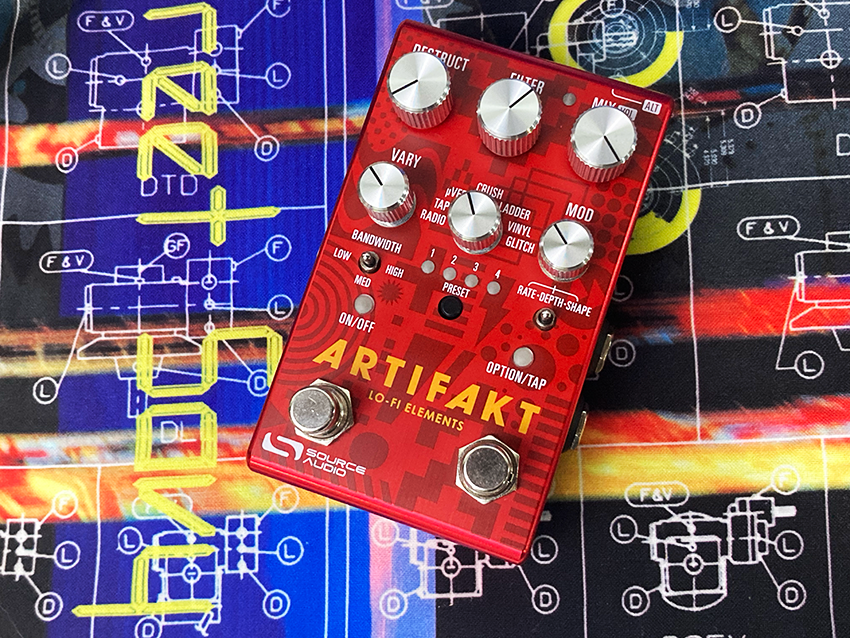
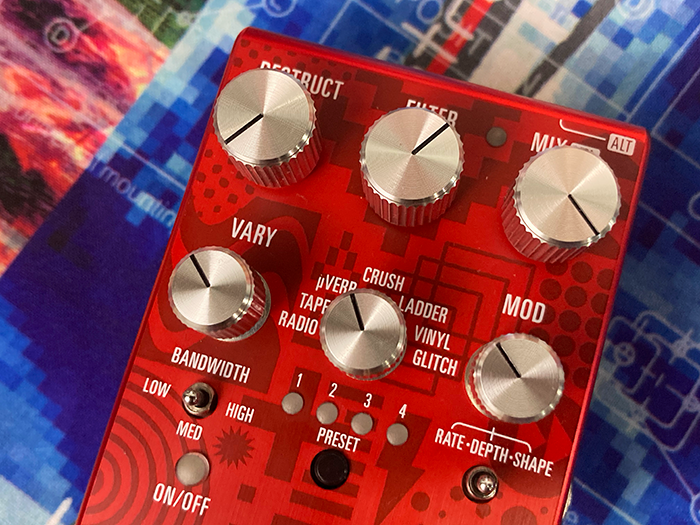
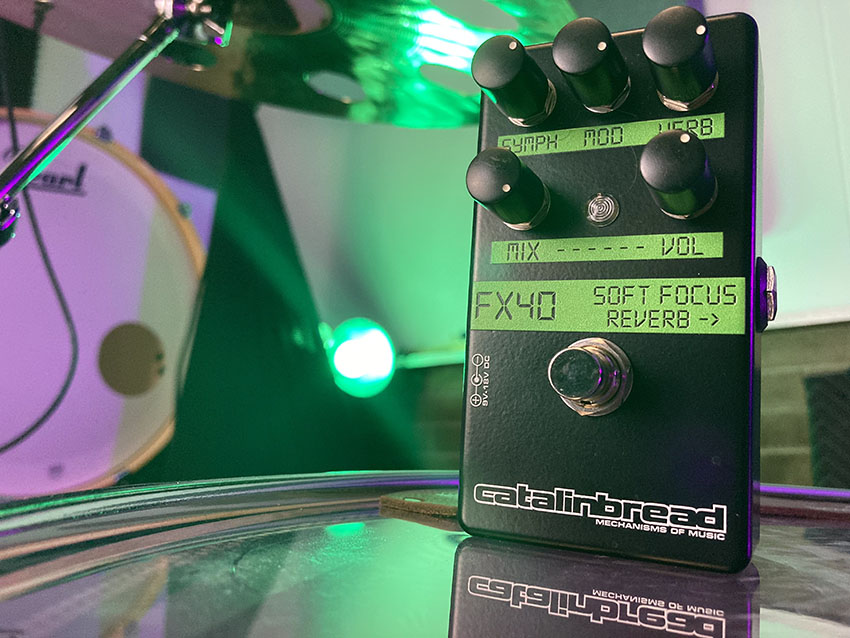


Leave a Reply